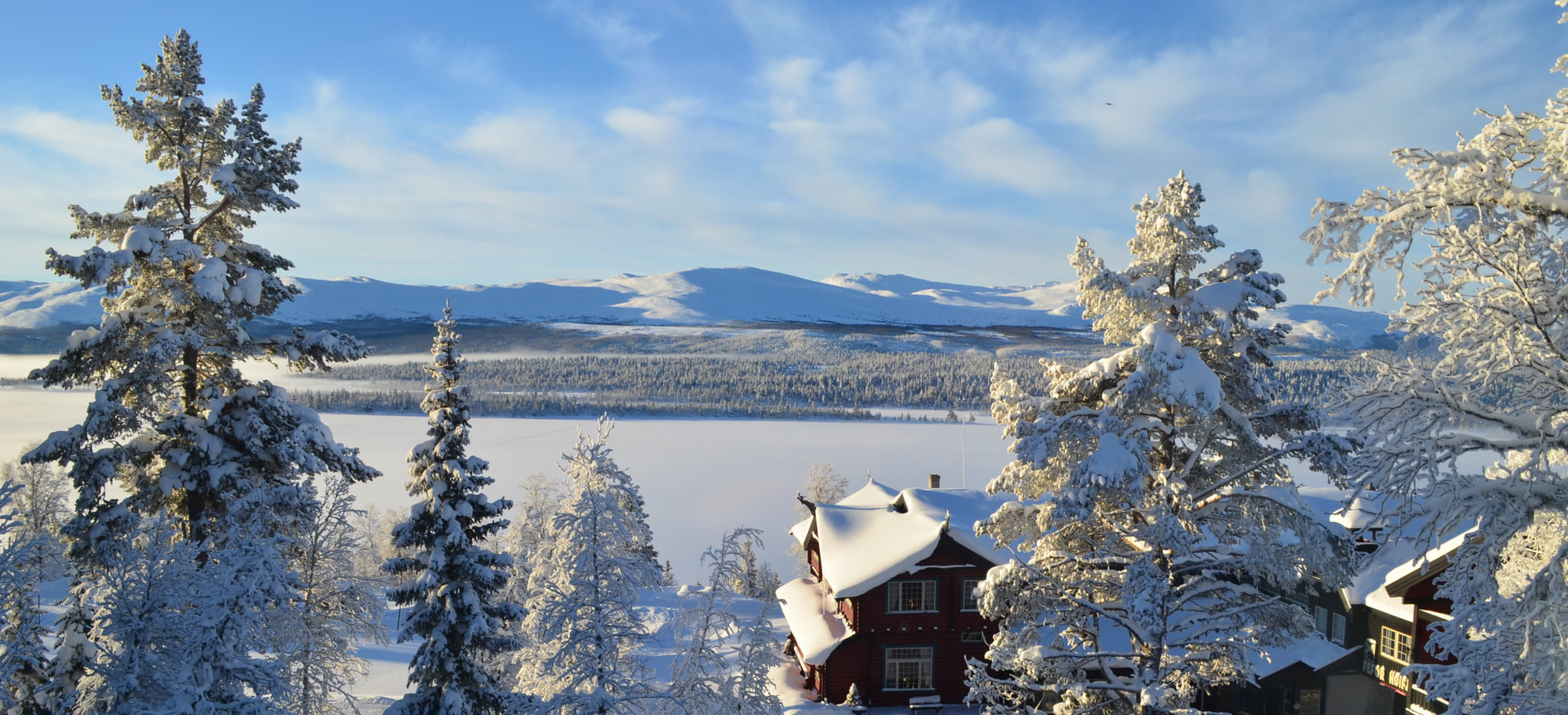Spåtind 2023 - Nordic Conference on Particle Physics
Fefor Høifjellshotell - Norge

The 27th Nordic Particle Physics Meeting was originally slated to take place in 2022. However due to the pandemic it has now shifted to 2023.
We are glad to announce that it will take place at the Fefor Høyfjellshotell in the mountainous Oppland region of Norway, about 90km north west of Lillehammer.
The conference runs from Tuesday January 3rd to Sunday January 8th, 2023. The tuesday and sunday are dedicated to travelling.
The program includes lectures and overview presentations on some of the currently most prominent topics in particle, astroparticle physics and theory.
Contributed talks presented by the participants are welcome.
Invited speakers:
- Aleksi Kurkela (Stavanger) - Heavy-ion theory
- Alice Ohlson (Lund) - Heavy-ion experimental results
- Julia Tjus (Ruhr/Chalmers) - Multi-messenger astronomy theory
- David Berge (DESY) - Multi-messenger experiments/observations
- Sandhya Choubey (KTH) - Neutrino theory
- Francesco Terranova (Milano) - Neutrino experiments
- Vitor Cardoso (NBI) - Gravitational waves and fundamental physics
- Thea Årrestad (ETH) - ML/AI and future computing in HEP
- David Weir (Helsinki) - Primordial gravitational waves, Higgs, and phase transitions
- Sara Strandberg (Stockholm) - Higgs highlights from the LHC
- Jörgen Sjölin (Stockholm) - Effective Field Theories at the LHC
- Santeri Laurila (CERN) - Beyond-SM Higgs at the LHC
- Riccardo Catena (Chalmers) - Dark matter and dark sector theory
- Knut Morå (Columbia) - Direct detection of dark matter
- Didier Contardo (Lyon) - Detectors and instrumentation R&D roadmap
Extended Deadline for registration : November 15th
Extended Deadline for contributed talks : November 30th
Registration Process and Contributions
1 ) Create a lightweight CERN account under tab Create lightweight account (you can skip this if you already have an account connected to CERN).
2) Register by going to Registration. At the end of the registration process please proceed to the Checkout for payment and write down your reference number needed for payment. Please bring a receipt showing proof of payment with you to the workshop.
3) Conference fee payment details, see under Conference fee.
4) Submit an abstract: under Call for abstracts. Authors: click on "Add myself", (only possible after completion of steps 1 and 2). Abstracts should be provided in the field "Content".
5) Book accommodation, see information under Accommodation
Accommodation
Participants make their hotel reservation directly to Fefor hotel, check important details under the "Accommodation" tab before calling the hotel.
Advisory committee
Heidi Sandaker (UiO, Norway)
Mattias Blennow (KTH, Sweden)
Poul Henrik Damgaard (NBI, Denmark)
Rikard Enberg (UU, Sweden)
Henning Kirschenmann (Helsinki, Finland)
Tim Linden (SU, Sweden)
David Marsh (SU, Sweden)
David Silvermyr (LU, Sweden)
Organising committee
Christophe Clément (SU, Sweden)
Chad Finley (SU, Sweden)
Sten Hellman (SU, Sweden)
Christian Ohm (KTH, Sweden)
To contact us: conf-spatind-2023 (x) cern.ch
Mattermost for discussions here!